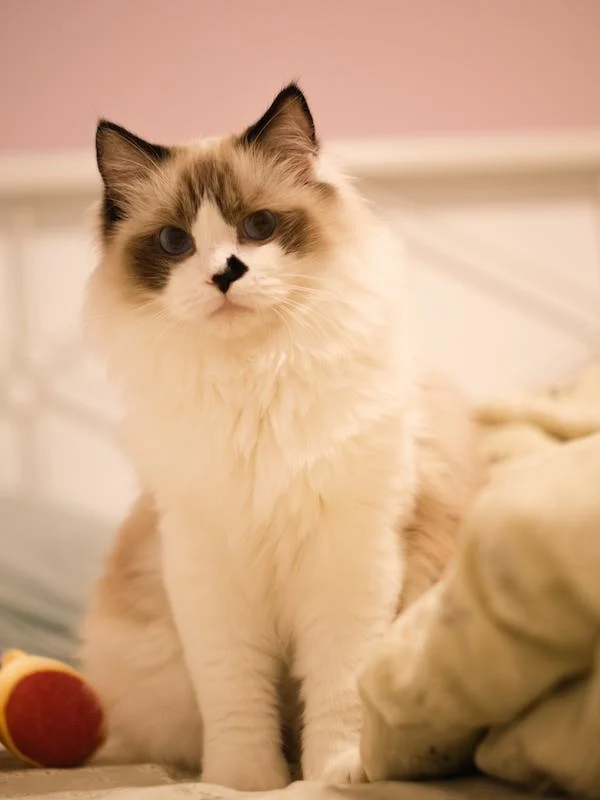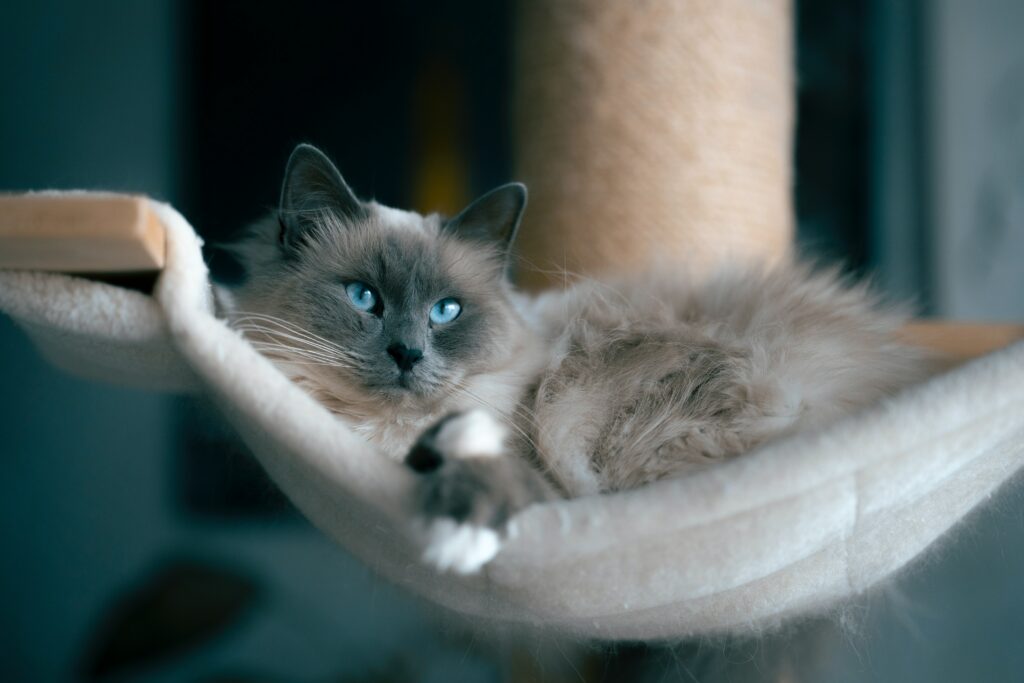Ragdoll cats have captured the hearts of many cat lovers with their stunning appearance and calm demeanor. However, there’s often a question that arises when it comes to Ragdoll cats: are they dependent? Understanding the behavior of Ragdoll cats is essential for providing them with the care they need. In this article, we will delve into the unique characteristics of Ragdoll cats and explore their dependency tendencies.
What Makes Ragdoll Cats Unique
Ragdoll cats are known for their striking blue eyes, silky fur, and large size. Developed in the 1960s, this breed is cherished for its gentle and affectionate nature. Ragdolls have a reputation for being “puppy-like” in their behavior, often following their human companions around the house and seeking their attention. These cats are known to be great companions, making them popular among families and individuals seeking a loving feline companion.
Understanding Ragdoll Cat Behavior
Affectionate Nature
Ragdolls are renowned for their affectionate nature and their desire to be close to their human family members. They are often described as “people-oriented” cats who enjoy being in the company of their loved ones. Ragdolls are known to greet their owners at the door, follow them from room to room, and even sleep on their beds. This behavior stems from their strong bond with their human companions and their need for social interaction.
Independent Streak
Despite their affectionate nature, Ragdoll cats also possess an independent streak. They appreciate having their alone time and may retreat to a quiet corner of the house to relax or engage in self-grooming. This independent behavior is common among many cat breeds and should be respected. While Ragdolls are known for being more laid-back and less demanding compared to some other breeds, they still require their personal space and freedom to explore their surroundings.
Factors Influencing Ragdoll Cat Dependence

Several factors can influence the level of dependence in Ragdoll cats. Understanding these factors can help cat owners provide an environment that meets their cat’s needs.
Socialization
Proper socialization plays a crucial role in shaping a Ragdoll cat’s behavior and level of dependence. Early exposure to different people, animals, and environments can contribute to their confidence and sociability. Ragdoll kittens that are well-socialized from a young age are more likely to grow up to be confident and well-adjusted cats. On the other hand, inadequate socialization can lead to shyness or clinginess in Ragdolls.
Early Experiences
Early experiences and interactions with humans can also influence a Ragdoll cat’s level of dependence. Positive experiences during their formative weeks and months can foster trust and a strong bond with their owners. Conversely, negative experiences, such as neglect or mistreatment, can result in fearfulness or insecurity. Providing a loving and nurturing environment from the start can help shape a Ragdoll cat’s behavior and promote a healthy level of dependence.
Signs of Dependency in Ragdoll Cats
Ragdoll cats exhibit several behaviors that indicate their level of dependence on their human companions.
Following Behavior
One prominent sign of dependence in Ragdoll cats is their tendency to follow their owners around the house. They enjoy being in the presence of their loved ones and will often trail behind them from room to room. This behavior is an expression of their desire for companionship and social interaction.
Lap Sitting and Cuddling
Ragdolls are notorious for their love of cuddling. They have a tendency to seek out their owner’s lap for a cozy snuggle session. This behavior is a clear indication of their trust and affection towards their human companions. Ragdolls are known to be excellent lap cats, providing warmth and companionship during quiet moments.
Vocalization
Ragdoll cats are not particularly known for being vocal, but they may use their voice to communicate their needs and seek attention. They may meow or purr to grab their owner’s attention or express their desire for interaction. This vocalization can be seen as a sign of their dependence on their human companions.
Encouraging Independence in Ragdoll Cats
While Ragdoll cats may exhibit dependency tendencies, it’s important to strike a balance and encourage their independence. Here are some tips for promoting independence in your Ragdoll cat:
Providing Enrichment
Engaging your Ragdoll cat with interactive toys, puzzle feeders, and scratching posts can help keep them mentally stimulated and entertained. A stimulated cat is more likely to satisfy their natural instincts and be less reliant on constant human interaction for stimulation.
Creating Safe Spaces
Creating designated safe spaces for your Ragdoll cat can provide them with a sense of security and independence. These spaces can be cozy cat beds, perches, or even a separate room with their favorite toys and bedding. Offering a variety of hiding spots and vertical spaces allows your cat to retreat when they need some alone time.
Conclusion
Why Are Ragdoll Cats So Dependent? Ragdoll cats are known for their affectionate nature and their desire for human companionship. While they may exhibit dependency tendencies, it’s important to understand their need for independence as well. By providing a loving and nurturing environment, promoting proper socialization, and respecting their personal space, you can ensure that your Ragdoll cat thrives and strikes a healthy balance between dependence and independence.


